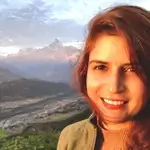404
The page you are looking for might have been removed, had its name changed, or is temporarily unavailable.
Go to HomepageThe page you are looking for might have been removed, had its name changed, or is temporarily unavailable.
Go to HomepageWe are a team of travel industry experts with over ten years of experience. Let's together plan a wonderful holiday for you.

